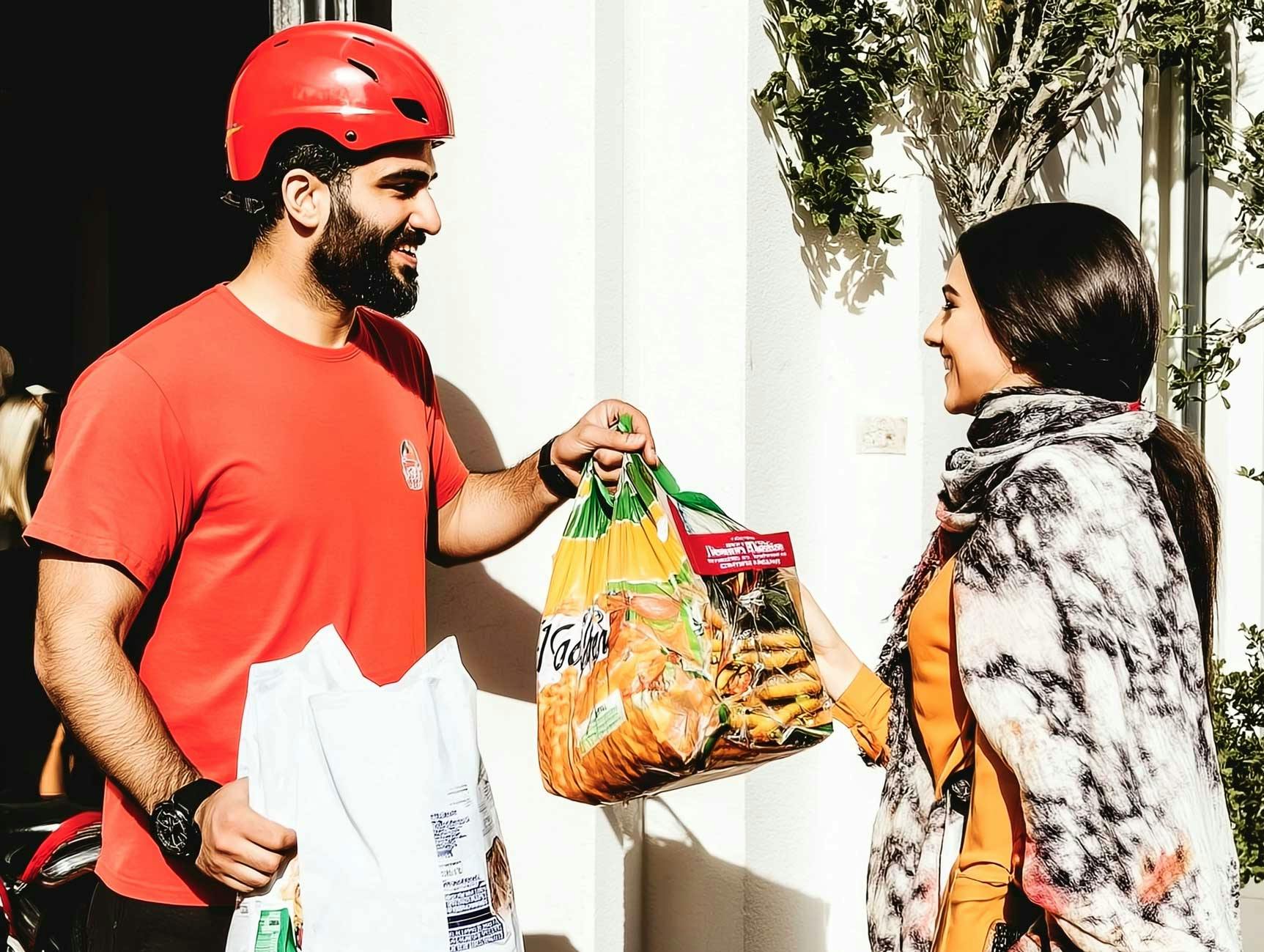FAQs About Streamlining Orders across Channels

- How can I reduce the complexity of managing multiple online ordering platforms?
- Why are tablet farms hurting our kitchen efficiency?
- How can I provide my staff with a single system to manage orders from multiple sales channels?
- How do I prevent errors when selling packaged goods alongside prepared food?
- What’s the cost of not centralizing delivery operations across locations?
- Closing Thoughts
The restaurant landscape has completely transformed. Experimental delivery alignments that began as a test initiative are now a multi-channel reality, with operators balancing orders from self-owned apps, third-party channels, walk-in business, and calls—all at the same time. But too many restaurants are overwhelmed by the complexity they had never anticipated.
Picture this: tablets scattered across your kitchen counter, each buzzing with orders from different platforms. Staff hurriedly typing orders out by hand into your POS system, making mistakes with each keystroke. Tickets arriving from various sources simultaneously, adding to the confusion about timing and priority. Sounds familiar?
This operating chaos is frustrating, revenue draining, and could undermine the customer experience you've invested so heavily in creating across your multi-chain stores.
This FAQ kicks off our Smarter Service series by focusing on one of the most significant pain points we hear from operators: streamlining digital orders across channels.
Let's understand what that means—and how the most efficient teams solve it.
Digital orders are here to stay, but wrestling with them daily shouldn't be your reality. The maze of tablets, disconnected systems, and mounting inefficiencies that plague most kitchens isn't inevitable. Below, we delve into the most pressing questions operators ask about multi-channel order management and provide innovative approaches to addressing these persistent challenges.
How can I reduce the complexity of managing multiple online ordering platforms?
Centralize your ordering platforms. If every location is responsible for managing its own delivery technology, you'll have fragmented menus, inconsistent prices, and hours wasted on administrative tasks.
Get your third-party apps, POS systems, and in-house systems integrated so that updates occur in one central location. No more logging into five different dashboards just to run a promo—or worse, missing one altogether.
A case in point is Little Caesars, one of the world’s largest Pizza chains. They partnered with Deliverect to consolidate their online ordering platforms across various markets, while maintaining local teams' control over menus, pricing, and standards.
Why are tablet farms hurting our kitchen efficiency?
Every extra tablet adds a layer of operational risk. Staff are forced to switch back and forth between devices, re-key orders into the POS, and manage different printers. The result? Slower service, more errors, and a lack of visibility.
What you need is less headcount and fewer screens! Deliverect simplifies this chaotic landscape by sending orders directly to your point of sale (POS) or kitchen display system (KDS). It's that simple.
In the Case of BRGR BRGR, they faced challenges handling orders from multiple delivery platforms, which often required staff to manage several tablets and manually input orders into their POS system.
They turned to Deliverect, which led to reduced human error. Deliverect now enables its employees to focus on food quality and order precision, rather than managing the POS.
How can I provide my staff with a single system to manage orders from multiple sales channels?
Connect everything—delivery apps, POS, and kitchen systems into one centralized workflow. That's how you reduce training time, reduce errors, and give your team a single source of truth.
New staff can be onboarded faster because they only need to learn one interface when using Deliverect. Multi-chain operators benefit even more: Standardized systems make opening new locations easier, enforce brand consistency, and stay agile as you scale.
How do I prevent errors when selling packaged goods alongside prepared food?
You need different workflows to prevent errors, especially when selling them alongside prepared food in your kitchen. This means separate packing stations, labels, and inventory tracking.
An error is likely when a system can't distinguish between a made-to-order burger and a pre-packed tote.
Deliverect supports product-level tagging and routing rules, ensuring each item is delivered precisely where it needs to be. No guesswork, no sticky notes. Just accurate orders and smoother fulfillment across your entire menu mix.
What’s the cost of not centralizing delivery operations across locations?
Running delivery ops without centralization means you don’t know what’s happening until something goes wrong. Stores might sell items that are out of stock. Promotions may be live in one market and missing in another. Reporting? Completely unreliable.
Centralization with a platform such as Deliverect gives you control at scale. Chain-wide updates go live instantly, inventory reflects reality, and promotions are consistent across the board. You also have the visibility to make informed decisions, without chasing down each location.
Closing Thoughts
The demand for digital orders isn't slowing down, but the systems supporting them must keep pace. Streamlining operations across channels goes beyond the technology in use. It’s about creating clarity for your staff, better guest experiences, and more business control.
Another potential challenge that may arise when streaming operations across channels is the handling of menus, promotions, and pricing across the same channels without incurring excessive costs (or sacrificing all your profit margins).
In the next section, we answer common questions about how leading operators use their menus as growth engines and not slabs of concrete—and how Deliverect can help you be one of them.